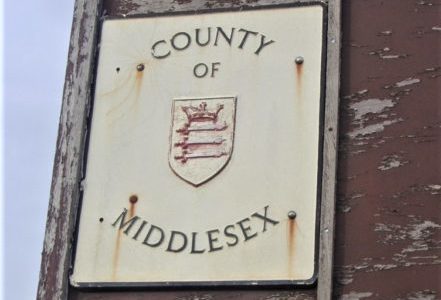
Historic counties
The country was first divided up into regions, called ‘shires’, in the eighth or ninth centuries. Each shire had a ‘shire reeve’ (=’sheriff’) in charge of keeping the peace on behalf of the ruling monarch. The counties were mapped out after the Norman Conquest, many of them retaining the -shire ending, e.g. Wiltshire, Cheshire, Pembrokeshire.
England has thirty-nine counties, Scotland thirty-four, Wales thirteen and Northern Ireland six. These are known as the historic, or ancient, counties and they continue to exist today. However, with the advent of local government structures in 1888, things started to become rather messy. At first, county councils more or less governed the whole of the county in their title, but since 1965 there have been many changes and very few now match up precisely. Campaigners would like to see councils re-name themselves to reflect this, and drop the word ‘county’ from their name.
Royal Mail no longer requires addresses to include the county, since it can rely entirely on the postcode plus a house number. Nevertheless, our counties continue to be held dear to most Britons. One of the best example of this is the nickname for Yorkshire, which is “God’s own county”!
(Image: David Howard at geograph.org.uk / CC BY-SA 2.0)
